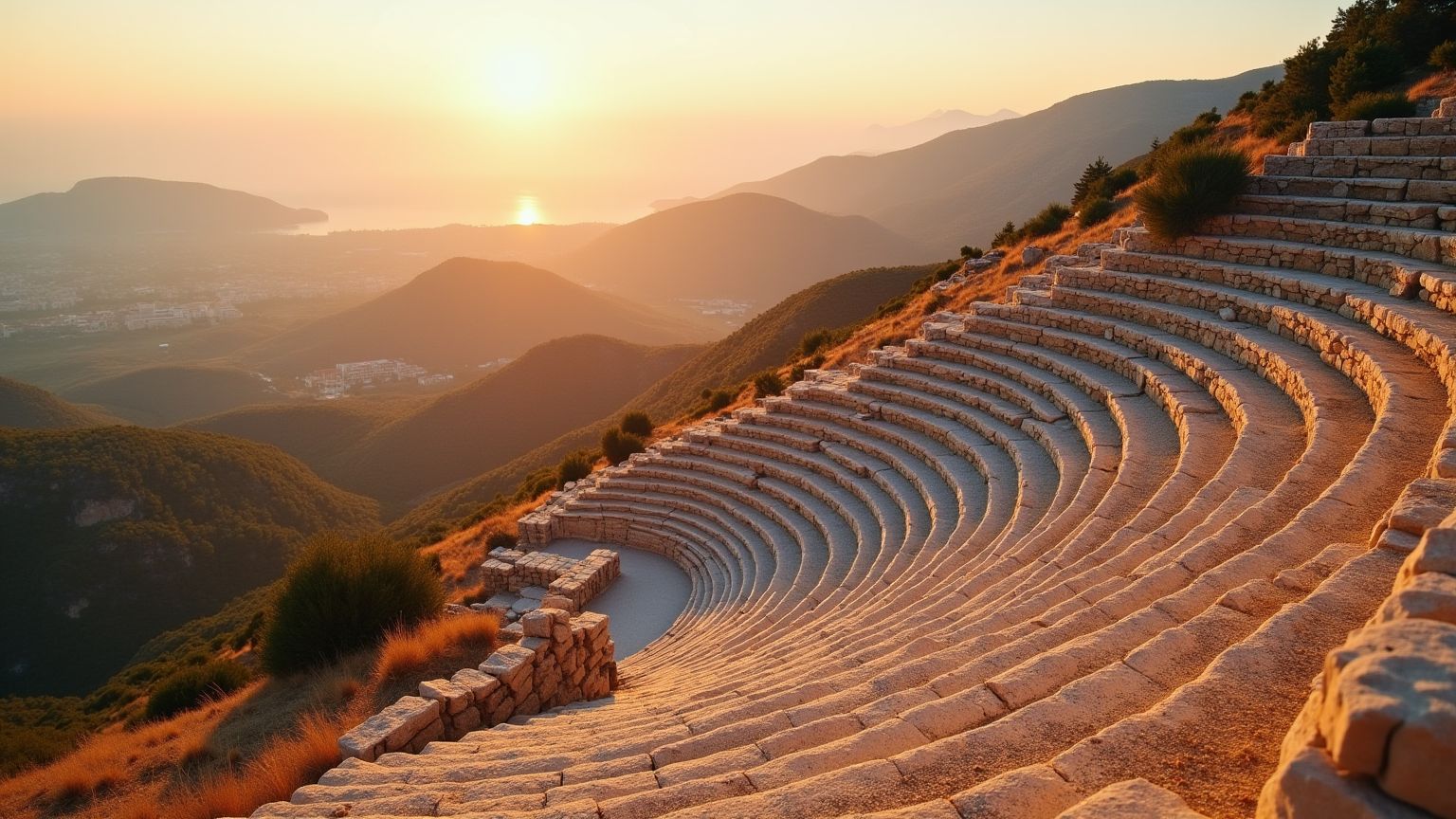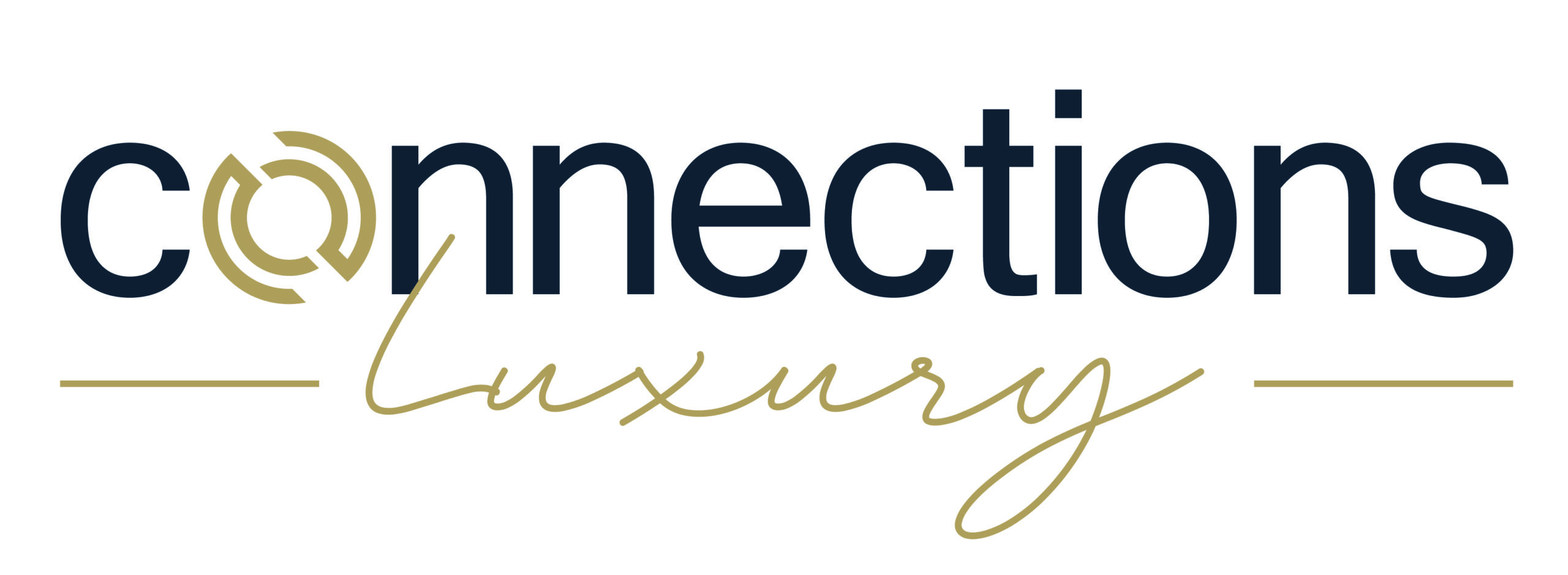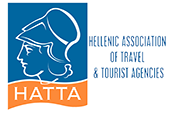Exploring Asclepieion of Epidaurus: The Healing Sanctuary that Changed the World
I've guided folks through Greece's archaeological treasures for 15 years now, and lemme tell you - Epidaurus holds a special corner of my heart. Nothing beats watching someone's jaw drop when they stand in that ancient theater, whisper softly, and hear their voice fly clear to the nosebleed seats. But here's the thing most visitors miss: while the theater gets all the glory shots, the real star of the show is the asclepieion of Epidaurus - a place that revolutionized how humans approach healing.
The Perfect Location: More Than Just Geography
The ancient folks didn't just throw a dart at a map when establishing Epidaurus. Standing in that fertile Argolid valley of the Peloponnese, you immediately get it. The land stretches generously in all directions - perfect farmland that kept ancient bellies full - while that natural harbor on the Saronic Gulf plugged them into the bustling Mediterranean world.
Talk about prime real estate! The asclepieion of Epidaurus thrived at this crossroads of ancient commerce. When I take groups to the harbor remnants, I'll often pause and say, "Close your eyes. Hear that phantom creaking of wood? Those are trading vessels from Athens—just a quick sail away—bringing olive oil, ideas, and the desperately ill seeking healing." This wasn't some backwater village—the asclepieion of Epidaurus sat smack in the middle of the ancient world's information superhighway.
During my archaeology days (back when I thought Indiana Jones was a reasonable career model), professors hammered home that while geography gave Epidaurus economic stability, something far more potent transformed it from local success story to international pilgrimage hotspot.
The Asclepieion: Where Healing Became Sacred
What catapulted Epidaurus into the ancient world's spotlight was its asclepieion – that sacred healing center dedicated to Asclepius, medicine's divine patron. Walking the archaeological site today, leaving behind the insta-worthy theater to enter the healing complex, you're literally following footsteps of thousands who came crawling, limping, and being carried here across millennia.
The asclepieion of Epidaurus wasn't just another healing shrine among many. This was ground zero for medicine as a sacred practice. Local tradition insisted Asclepius himself took his first breaths here, making this the original, blue-ribbon, five-star healing destination in the entire Greek-speaking world.
I've watched visitors run their fingers along the dormitory stones where the sick once slept awaiting divine healing dreams. Those crumbling foundations of treatment rooms and bathing facilities tell a story of healthcare that brilliantly married spiritual ritual with practical treatments long before "holistic medicine" became a modern buzzword.
The Mother of All Healing Centers

Here's what blows visitors' minds: the asclepieion of Epidaurus wasn't just influential—it was the template that launched hundreds of copycat healing centers across the Mediterranean. My archaeological buddies confirm roughly 200 asclepieia popped up throughout the ancient Greek and Roman territories.
These healing franchises stretched from Asia Minor to Rome itself, each one following the Epidaurus playbook. It was essentially the ancient world's first medical franchise system—McHealing, if you will, but with significantly better architectural taste.
When explaining this to my groups, I sometimes joke that while we worry about our medical records transferring between hospitals, the asclepieion of Epidaurus created a standardized "brand" of healthcare that dominated for centuries. Their secret sauce? Blending religious experience with increasingly sophisticated medical know-how.
Medicine Beyond Mythology
The genius of the asclepieion of Epidaurus wasn't just in its religious pageantry—though that was spectacular. What made it revolutionary was how it bridged woo-woo supernatural healing with proto-scientific medicine.
• The priest-healers weren't just mumbling prayers and burning incense
• They developed sophisticated herbal pharmacology
• Created specialized dietary programs
• Designed targeted exercise regimens
• Pioneered physical treatments resembling modern physiotherapy
My favorite show-and-tell moment at the site museum involves the votive offerings—those small, sometimes awkwardly detailed sculptures of body parts supposedly healed at the sanctuary. Beyond showing where ancient patients hurt, these anatomically correct models of eyes, limbs, and organs reveal the asclepieion of Epidaurus harbored surprisingly advanced understanding of human anatomy long before formal medical schools existed.
A Day in the Life of an Ancient Patient
To help modern folks connect with the ancient Epidaurus experience, I'll often paint this picture:
Imagine you've traveled weeks with a persistent ailment that local healers couldn't fix. Upon reaching the asclepieion of Epidaurus, you'd first:
• Purify yourself in the sacred springs (ancient hand sanitizer station)
• Make offerings to Asclepius (your insurance co-pay)
• Consult with priests about your symptoms
• Receive preliminary treatments—specific foods, exercises, mineral baths
• Prepare for the main event: dream therapy
The pinnacle of treatment at the asclepieion of Epidaurus involved camping out in the abaton—a specialized sleep chamber where Asclepius supposedly visited patients in dreams. There, lying on a simple bed surrounded by fellow sufferers, you'd hope for a divine house call—either receiving a miraculous overnight cure or dream instructions for your treatment plan.
Come morning, priests would help interpret your dreams and prescribe additional healing regimens. This cocktail of psychological comfort, practical medicine, and divine-intervention placebo effect created a surprisingly effective healing environment thousands of years before modern medicine rediscovered the mind-body connection.
Beyond the Asclepieion: A Cultural Hub
While healing was the headliner at the asclepieion of Epidaurus, the supporting acts were equally impressive. That jaw-dropping theater wasn't built just for entertainment—it was considered therapeutic. The Greeks understood something we're just rediscovering: emotional catharsis through storytelling contributes meaningfully to overall health.
On summer evenings when that ancient theater hosts modern performances of Sophocles or Euripides under starlight, I remind my groups they're not just checking off a tourist box but participating in a therapeutic tradition older than Christianity.
The remains surrounding the asclepieion of Epidaurus reveal an entire healing economy: administrative buildings where records were kept, athletic facilities for rehabilitation, guest houses, restaurants, and shops catering to visitors. This wasn't just a hospital—it was a wellness resort, medical school, and religious center rolled into one bustling complex.
The Legacy of Epidaurus Today
The fingerprints of the asclepieion of Epidaurus are all over modern medicine. When I guide doctors through the site, they're often gobsmacked by how many current practices trace back to principles developed here.
The Hippocratic Oath? Connected to ethical standards established at asclepieia like Epidaurus. That holistic approach evaluating diet, exercise, environment, and mental state alongside physical symptoms? Pure Epidaurus thinking, just without the iPad chart.
Even that snake-wrapped staff symbol on ambulances and hospital logos (the Rod of Asclepius, not to be confused with the two-snake Caduceus that marketers keep mistakenly using) comes directly from the healing god whose premier sanctuary was right here at the asclepieion of Epidaurus.
Why Epidaurus Matters in Our Modern World
After spending my career introducing folks to Greece's ancient wonders, I find the asclepieion of Epidaurus particularly speaks to today's healthcare challenges. In our era of hyper-specialization and technology-driven medicine, the balanced Epidaurus approach—treating humans as whole beings rather than collections of malfunctioning parts—offers a wake-up call from 2,500 years ago.
The sanctuary also highlights something timeless about human nature—our desperate search for healing and willingness to journey anywhere seeking it. Those ancient pilgrims hobbling into the asclepieion of Epidaurus share remarkable similarities with today's medical tourists or those seeking alternative treatments when conventional options fall short.
Visiting Epidaurus Today
Planning to explore this remarkable site? Block off at least three hours to do it justice. Yes, the theater will seduce you immediately with its perfect acoustics and preservation (seriously, drop a coin in the center and listen to that clarity!), but don't shortchange the less photogenic yet equally significant remains of the healing sanctuary.
The site museum, though modest in size, packs a punch with artifacts including:
• Surgical tools that'll make you grateful for modern anesthesia
• Carved testimonials from grateful patients
• Detailed models showing how the asclepieion of Epidaurus looked in its prime
For the full-sensory experience, time your visit with a summer performance at the ancient theater. Sitting on those same stone seats where Greeks once watched premieres of works we now consider classics, under the same Mediterranean stars, creates a connection across time that few experiences can match.
Conclusion: The Healing Heart of Ancient Greece
The asclepieion of Epidaurus accomplished something remarkable—turning local advantage into global influence not through conquering armies or economic muscle, but by mastering and sharing the art of healing.
Standing amid these sun-baked ruins today, you're not just at another archaeological checkbox. You're at ground zero of organized medicine's birthplace, where science and spirituality collaborated rather than competed, where countless desperate people found relief from suffering.
In our world of specialist referrals and high-tech diagnostics, the asclepieion of Epidaurus whispers an ancient reminder that healing was—and remains—both science and art, addressing both physical symptoms and human spirit. Perhaps that's why, after twenty-five centuries, people still flock here—not just as tourists snapping photos, but as inheritors of a healing tradition born at the asclepieion of Epidaurus that fundamentally changed human history.








